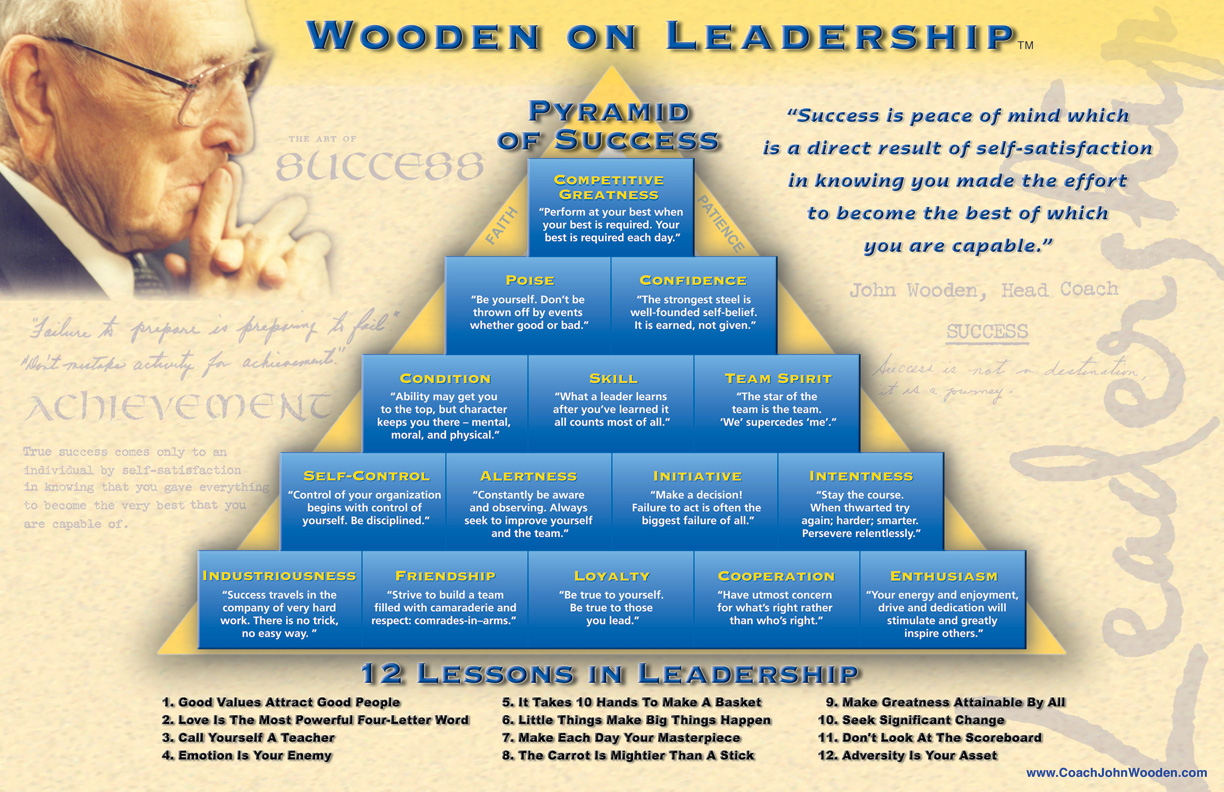Sometime back I wrote a post on “Who Killed Ekalavya?". Though I got many responses for the same but the best one so far is the below. Something that is interesting to know.
Kavach, kundal were donated by karan to Indra devta when the latter had come to him in disguise of Brahmin.
As for the other qs as to how lord krishna "died", it is to be understood that lord never takes birth or dies as he is "shashwat". for the Lord, words appearance and disappearance are used.
As for the pandavs, they ruled after the war and after krishna's disappearance, went to himalayas where they left their bodies except for Yudhishter who went to swarg in his own body nd where he met the souls of his brothers and Draupdi.the whole of kauravs were wiped out in this war. no one remained from duryodhan's side, the only survivors of this war were the 5 pandavs
Following will tell u of Lord krishna's disappearance. it is from Srimad Bhagwatam, courtesy, The Bhaktivedanta Book Trust International, Inc.
His Divine Grace A. C. Bhaktivedanta Swami Prabhupāda, Founder Ācārya of the International Society for Krishna Consciousness
Lord Kṛṣṇa, the son of Devakī, having seen the departure of Lord Balarāma, sat down silently on the ground under a nearby pippala tree.
SB 11.30.28-32: The Lord was exhibiting His brilliantly effulgent four-armed form, the radiance of which, just like a smokeless fire, dissipated the darkness in all directions. His complexion was the color of a dark blue cloud and His effulgence the color of molten gold, and His all-auspicious form bore the mark of Śrīvatsa. A beautiful smile graced His lotus face, locks of dark blue hair adorned His head, His lotus eyes were very attractive, and His shark-shaped earrings glittered. He wore a pair of silken garments, an ornamental belt, the sacred thread, bracelets and arm ornaments, along with a helmet, the Kaustubha jewel, necklaces, anklets and other royal emblems. Encircling His body were flower garlands and His personal weapons in their embodied forms. As He sat He held His left foot, with its lotus-red sole, upon His right thigh.
SB 11.30.33: Just then a hunter named Jarā, who had approached the place, mistook the Lord's foot for a deer's face. Thinking he had found his prey, Jarā pierced the foot with his arrow, which he had fashioned from the remaining iron fragment of Sāmba's club.
SB 11.30.34: Then, seeing that four-armed personality, the hunter became terrified of the offense he had committed, and he fell down, placing his head upon the feet of the enemy of the demons.
SB 11.30.35: Jarā said: O Lord Madhusūdana, I am a most sinful person. I have committed this act out of ignorance. O purest Lord, O Uttamaḥśloka, please forgive this sinner.
SB 11.30.36: O Lord Viṣṇu, the learned say that for any man, constant remembrance of You will destroy the darkness of ignorance. O master, I have wronged You!
SB 11.30.37: Therefore, O Lord of Vaikuṇṭha, please kill this sinful hunter of animals immediately so he may not again commit such offenses against saintly persons.
SB 11.30.38: Neither Brahmā nor his sons, headed by Rudra, nor any of the great sages who are masters of the Vedic mantras can understand the function of Your mystic power. Because Your illusory potency has covered their sight, they remain ignorant of how Your mystic power works. Therefore, what can I, such a low-born person, possibly say?
SB 11.30.39: The Supreme Personality of Godhead said: My dear Jarā, do not fear. Please get up. What has been done is actually My own desire. With My permission, go now to the abode of the pious, the spiritual world.
SB 11.30.40: So instructed by the Supreme Lord Kṛṣṇa, who assumes His transcendental body by His own will, the hunter circumambulated the Lord three times and bowed down to Him. Then the hunter departed in an airplane that had appeared just to carry him to the spiritual sky.
Śukadeva Gosvāmī said: Then Lord Brahmā arrived at Prabhāsa along with Lord Śiva and his consort, the sages, the Prajāpatis and all the demigods, headed by Indra.
SB 11.31.2-3: The forefathers, Siddhas, Gandharvas, Vidyādharas and great serpents also came, along with the Cāraṇas, Yakṣas, Rākṣasas, Kinnaras, Apsarās and relatives of Garuḍa, greatly eager to witness the departure of the Supreme Personality of Godhead. As they were coming, all these personalities variously chanted and glorified the birth and activities of Lord Śauri [Kṛṣṇa].
SB 11.31.4: O King, crowding the sky with their many airplanes, they showered down flowers with great devotion.
SB 11.31.5: Seeing before Him Brahmā, the grandfather of the universe, along with the other demigods, who are all His personal and powerful expansions, the Almighty Lord closed His lotus eyes, fixing His mind within Himself, the Supreme Personality of Godhead.
SB 11.31.6: Without employing the mystic āgneyī meditation to burn up His transcendental body, which is the all-attractive resting place of all the worlds and the object of all contemplation and meditation, Lord Kṛṣṇa entered into His own abode.
Hare Krishna









